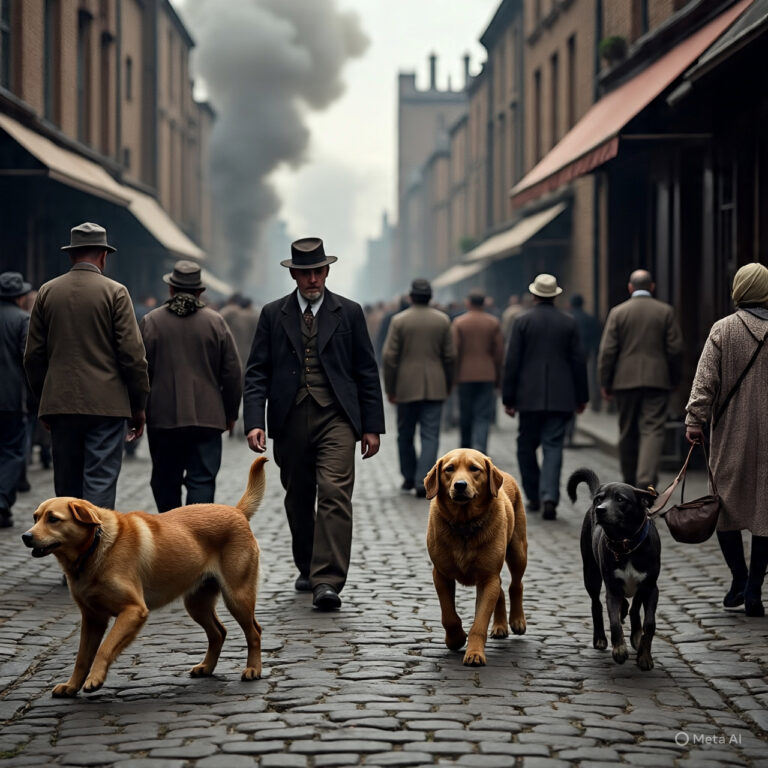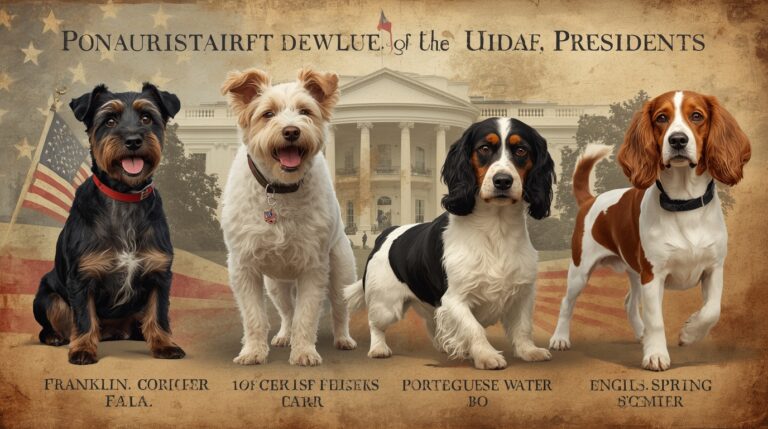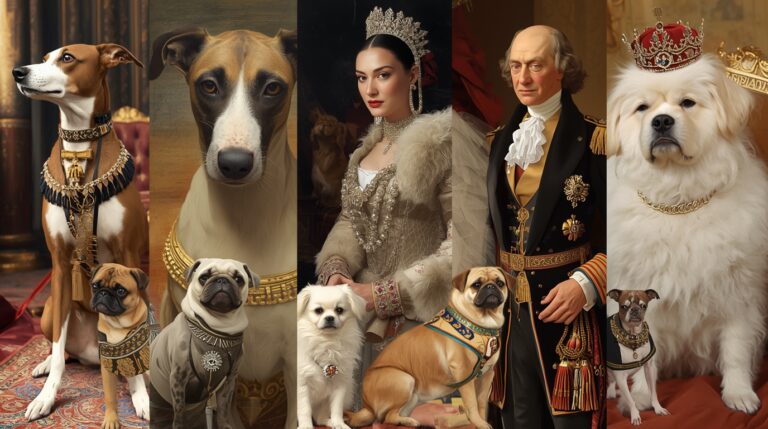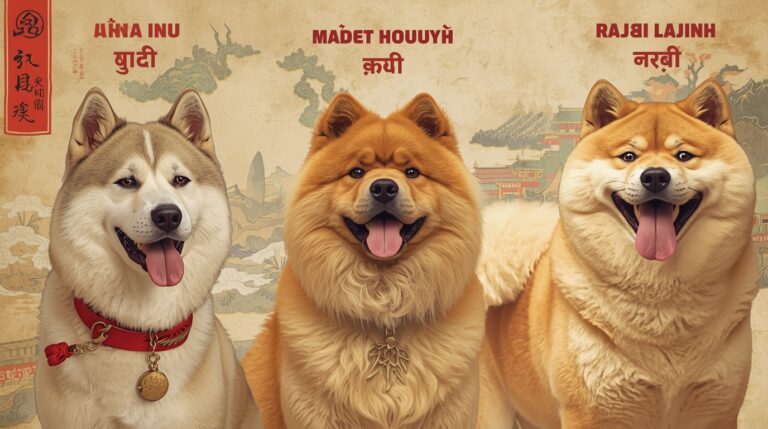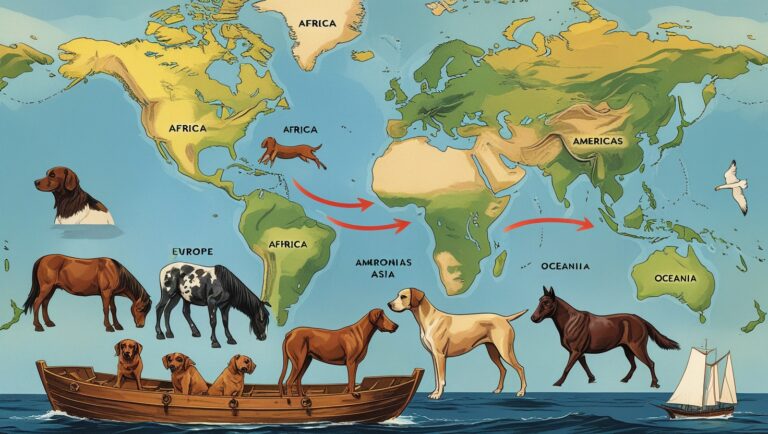Dogs in Royal Portraits and Tapestries
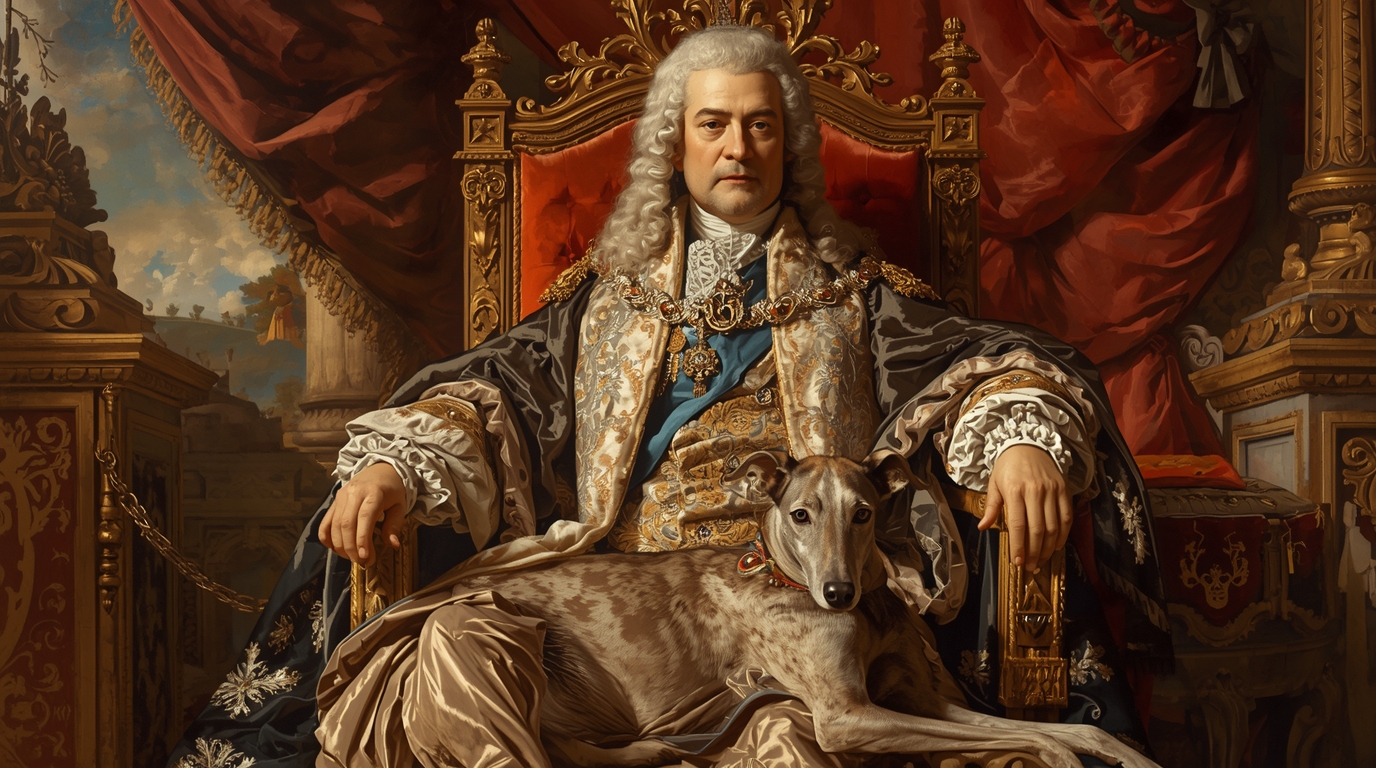
Introduction: Dogs in Royal Imagery
Across centuries, dogs have stood beside kings, queens, and princes, not only as loyal companions but also as rich symbolic figures in royal portraits and tapestries. Their placement in art was intentional—meant to convey power, loyalty, nobility, and familial intimacy. This article explores the presence of canines in royal visual culture, offering historical insights and decoding the layered iconography behind their portrayal.
The Symbolism of Dogs in Royal Iconography
In most royal visual narratives, dogs symbolize fidelity, loyalty, and vigilance. Positioned at the feet of monarchs or nestled in the arms of queens, their inclusion signifies unwavering allegiance and moral uprightness. These animals often represent virtues idealized by the monarchy, like faithfulness in marriage, steadfast rule, and divine right.
Dogs in Medieval Royal Tapestries
During the 13th to 15th centuries, tapestries functioned as mobile walls and storyboards in royal courts. Dogs featured prominently in themes of chivalry and courtly love, often portrayed as hunting partners or symbolic gatekeepers in medieval allegory. One notable example includes the “Hunt of the Unicorn” series, where hunting dogs are depicted alongside nobles as metaphors for spiritual pursuit.
also read this Cultural Representation of Dogs Through History
Renaissance Interpretations: Companion and Allegory
In the Renaissance, particularly in Italian and Flemish courts, dogs shifted from purely functional animals to allegorical beings. They embodied fidelity, especially in marriage portraits, where a small lapdog would rest at the feet of the bride. These images hinted at trust, monogamy, and the importance of moral virtue in dynastic unions.
Baroque and Rococo Eras: Dogs as Status Symbols
17th and 18th-century royal portraits emphasized extravagance, opulence, and visual symbolism. Dogs became luxury indicators, especially in the French and Austrian courts. The Bichon Frisé, frequently styled and perfumed, was associated with Marie Antoinette. Similarly, the pug—favored by the House of Orange—became a status signifier in courtly attire.
Victorian Era Canines: Dogs in British Royal Portraits
Queen Victoria’s affection for her King Charles Spaniels, especially Dash, influenced a cultural shift. Dogs in royal portraits began to reflect emotional intimacy and domestic life rather than symbolic power. Paintings of Victoria and Prince Albert often feature their dogs, highlighting family warmth and loyalty in a rapidly industrializing world.
Dogs in Spanish Royal Portraiture
Under Philip IV of Spain, Diego Velázquez immortalized the Spanish mastiff in court paintings like Las Meninas. These dogs, placed near young Infanta Margarita, served to denote protection and royal guardianship. Greyhounds were another staple—often included to represent nobility and speed.
Canines in Hunting Scenes of the Nobility
Hunting was more than sport; it was a display of control, strength, and elite identity. Dogs in such scenes, especially hounds and greyhounds, were seen as extensions of royal authority over nature. These dogs were meticulously trained and selectively bred, and their inclusion in tapestries like The Devonshire Hunting Tapestries further embedded them in elite culture.
Depictions of Dogs in Royal Family Portraits
Dogs often appear in group portraits, especially those including children. The dog acts as a guardian and emotional anchor. In portraits of the Tudor and Stuart families, small spaniels or terriers lie near royal children, suggesting familial protection and the innocence of youth.
The Dog as an Heirloom: Lineage and Inheritance
Dogs are occasionally painted with crown princes or young heirs, sometimes inherited through generations, acting as living heirlooms. Some family crests and coats of arms even include dogs as symbols of loyalty to crown and house. These visual ties reinforce the continuity of dynasties through symbols of loyalty.
Royal Women and Their Dogs
In portraits of Catherine de Medici, Queen Anne, and Empress Josephine, dogs often appear on laps or at their side. These dogs symbolized not just affection, but also social refinement and elegance. In many cases, they were portrayed with jewelry or bows, reflecting their elevated status.
Dogs in Court Ceremonial Tapestries
Royal ceremonies were often immortalized in woven tapestries, which depicted dogs at coronations, processions, or wedding scenes. These dogs served both symbolic and narrative roles—anchoring the action while reinforcing status. In the “Marriage Tapestry of Louis XII”, a greyhound stands between the king and queen, symbolizing unity and loyalty.
Common Breeds in Royal Art
Several breeds became synonymous with royalty:
- Spaniels – Loyalty and affection (e.g., Queen Victoria’s Dash)
- Greyhounds – Speed, nobility, and hunting prowess
- Pugs – Exotic elegance in the 18th century
- Bichon Frisé – French aristocracy during the Rococo era
- Mastiffs – Power and guardianship in Spanish court
These choices were intentional, with each breed representing specific royal attributes.
Iconography and Allegory: Dogs as Moral Symbols
In religious-themed royal portraits, dogs frequently represent moral integrity. Artists used them to symbolize virtue in leadership, placing them in juxtaposition with other animals (like snakes or lions) to convey moral dichotomies—good versus evil, loyalty versus betrayal.
Dogs as Visual Anchors in Art Composition
In visual design, dogs provided symmetry and grounding in compositions. Placed at corners, feet, or in focal diagonals, dogs drew the viewer’s eye toward key figures. In Hans Holbein’s Tudor portraits, dogs serve as compositional bookends that stabilize visual flow.
Royal Dogs as Subjects of Solo Portraits
In certain cases, royal dogs were painted alone, treated as individual subjects worthy of celebration. Queen Victoria commissioned several standalone portraits of her dogs. In France, Louis XV’s dogs were painted by court artists, symbolizing not only affection but prestige.
Differences Between Portrait and Tapestry Depictions
Tapestries often portrayed action and group dynamics, with dogs engaged in hunting or ceremonial roles, while portraits focused on personal connection, showcasing dogs as companions. The medium dictated the level of detail and narrative pacing—tapestries emphasizing story; portraits highlighting intimacy.
The Evolution of the Royal Dog’s Role in Art
Over time, the dog’s role evolved—from guardian and hunter to confidant and emotional presence. This shift reflects broader changes in royal identity: from divine ruler to accessible figurehead. Art tracked this transformation, revealing changing human-animal relationships.
Preservation and Display in Modern Museums
Works featuring royal dogs are housed in institutions such as:
- The Louvre (France)
- The Prado (Spain)
- The Royal Collection Trust (UK)
- The Metropolitan Museum of Art (USA)
Many are being digitized, with recent exhibitions like “The Royal Dog” at the Wallace Collection exploring the theme extensively.
Conclusion: The Enduring Legacy of Dogs in Royal Art
From tapestries to oil portraits, dogs have faithfully stood beside royalty—silent but potent symbols of power, loyalty, and love. Their portrayal has adapted with time, yet the emotional and symbolic resonance remains unshaken. As both visual motifs and living symbols, dogs continue to enrich our understanding of royalty and art.
